Middle Grade
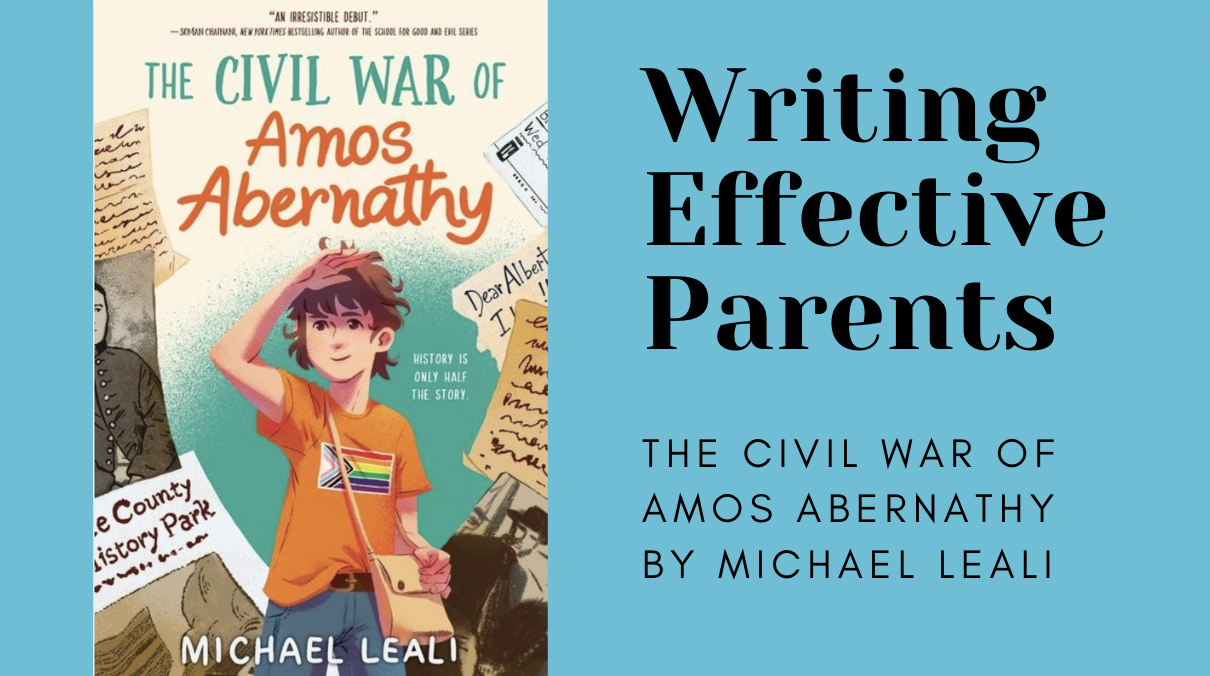
Leali pulls off the parental balancing act with aplomb and creates a mom who tries, messes up, seeks forgiveness, and tries again. It is a master class in how to create a complex parental character.
Filed in:
READ POST
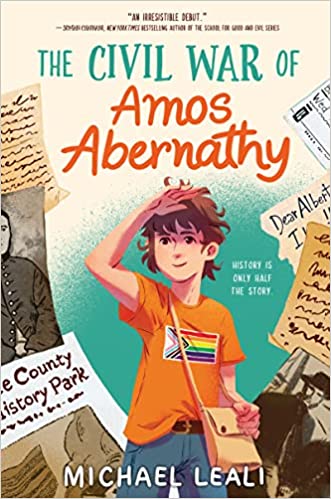
Every manuscript seems to have its own distinct journey, but every story I write begins with an awful lot of daydreaming, staring into space, jotting a phrase or two onto a sticky note, and coming up with a working title.
READ POST
Filed in:
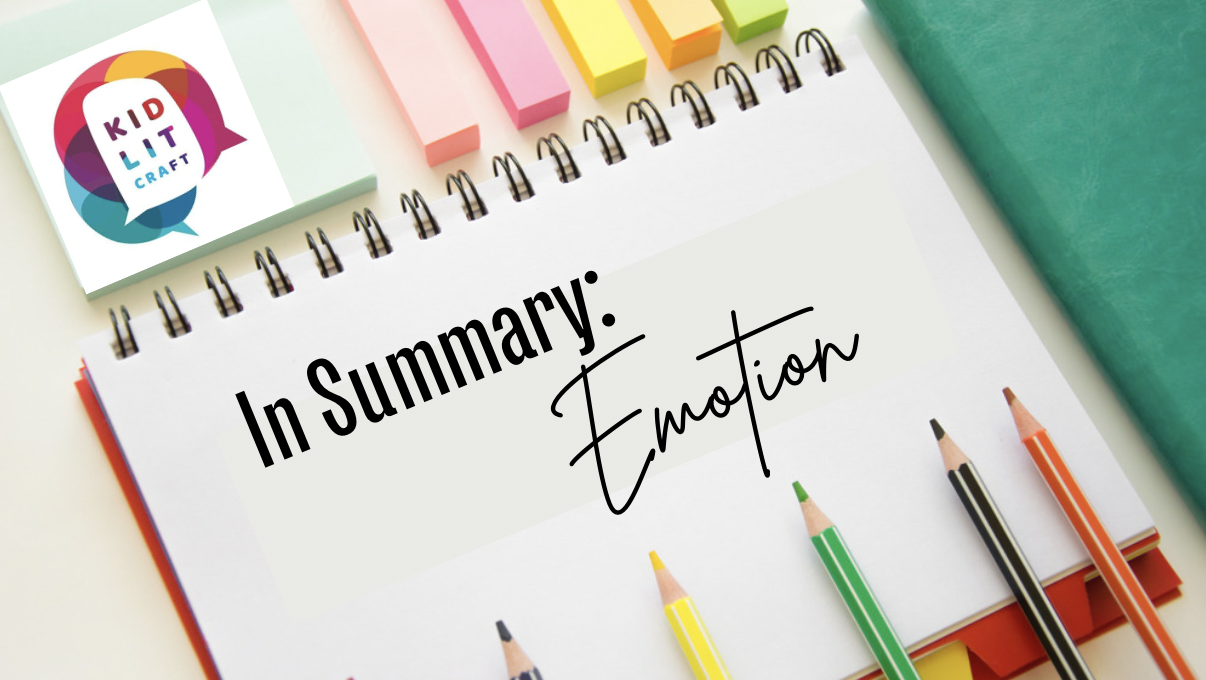
Our summer series, In Summary, draws together a number of posts from are archives on specific craft topics. Today’s posts offer strategies for how to capture your characters’ emotions, communicate them to your readers, and make your reader feel something too.
READ POST
Filed in:

Place matters. A story set in Paris can be transported to Atlanta, but the story fundamentally changes because of the geography, culture, language, idioms, weather, daylight hours, experience of time, and so much more. These posts explore how to establish settings and leverage them to enhance the reading experience.
READ POST
Filed in:
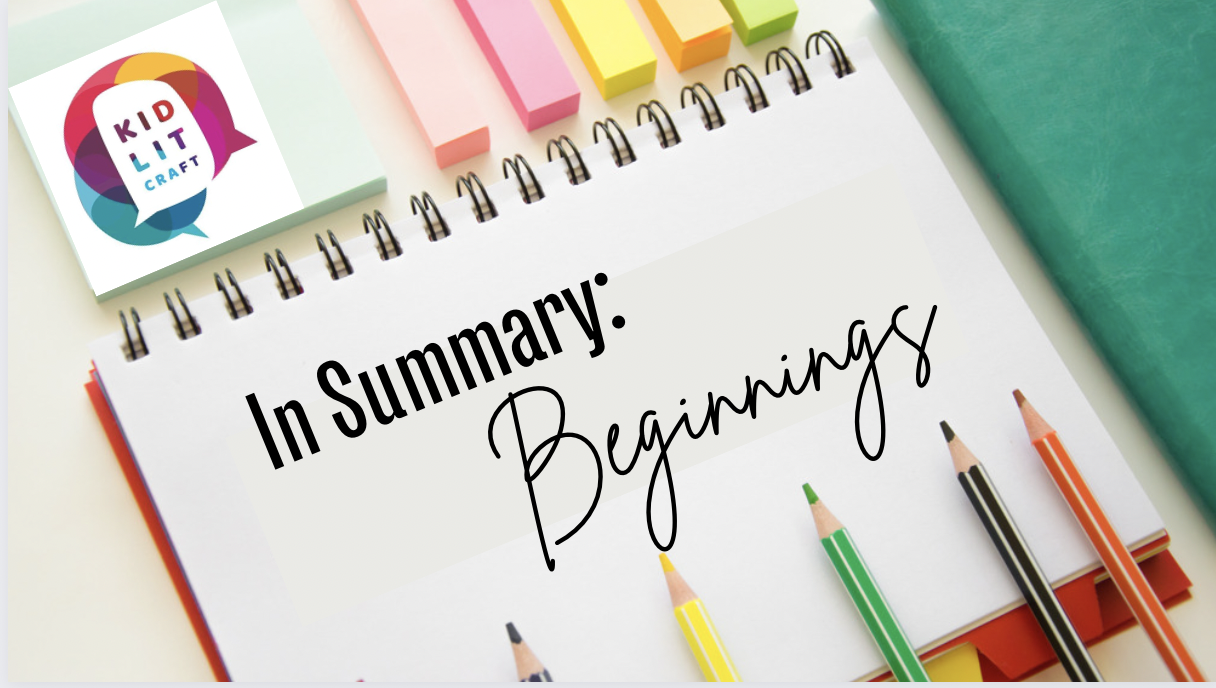
This summer, we’re introducing a new series called In Summary, where we collect up some of our favorite posts on different craft topics. Our first post is on BEGINNINGS. Beginnings give writers the opportunity to capture a reader’s attention, to draw them into the story, to give them a sense of the tone, style, and point of view, as well as whether the character is one they want to spend time with. Beginnings can be slow or fast, voicey or reflective, action-driven or character-driven. There’s no one right way to start a story. But there are more and less effective openings for each particular story. These posts will help you determine what choices you have as you write and revise your opening and prompt you to experiment. We hope you get inspired!
READ POST
Filed in:

“I create my characters’ flaws, misconceptions, and spiritual wounds around a theme or a question that interests me, and then I give them a personal conflict that directly challenges those flaws, misconceptions, and wounds. After that, it’s a matter of developing broader challenges, events, relationships, and conflicts that can revolve around the same theme.” ~ Misa Sugiura
READ POST
Filed in:
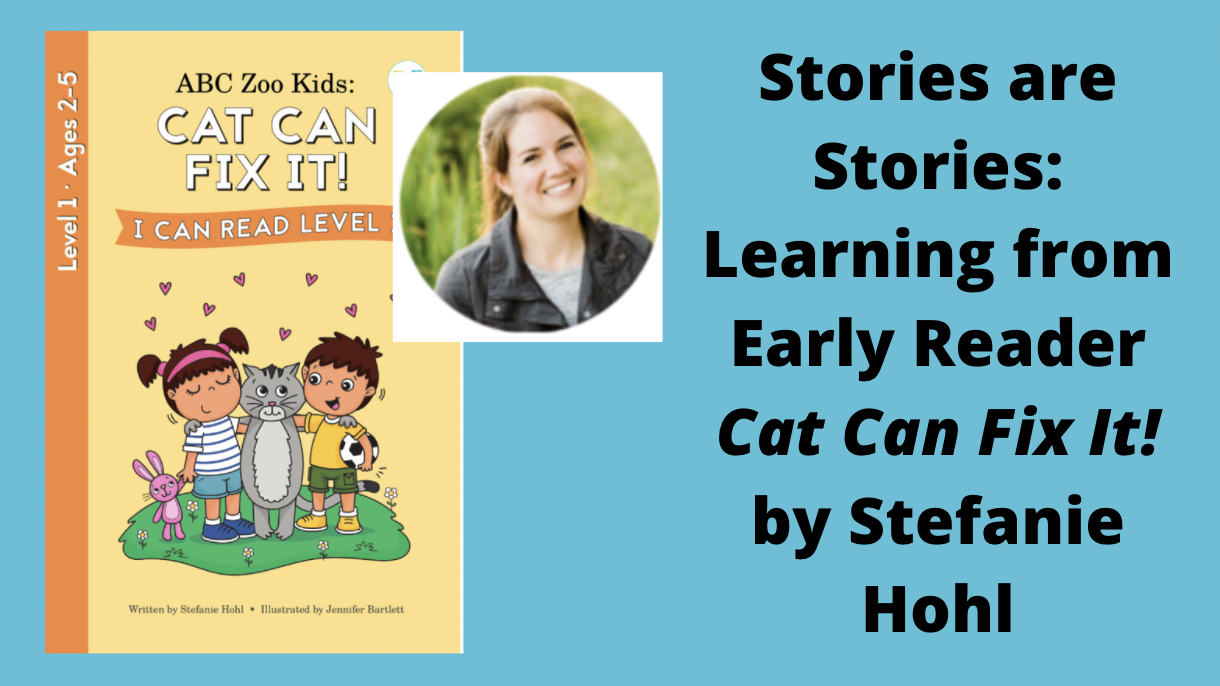
Just because you have to use simple words doesn’t mean the story has to lack emotion or depth. It’s challenging, but early readers can still use all the elements of story—character, plot, setting, etc. In fact, looking to early readers as a model, writers in other categories can see how efficient storytelling can be without sacrificing emotional depth.
READ POST
Filed in:
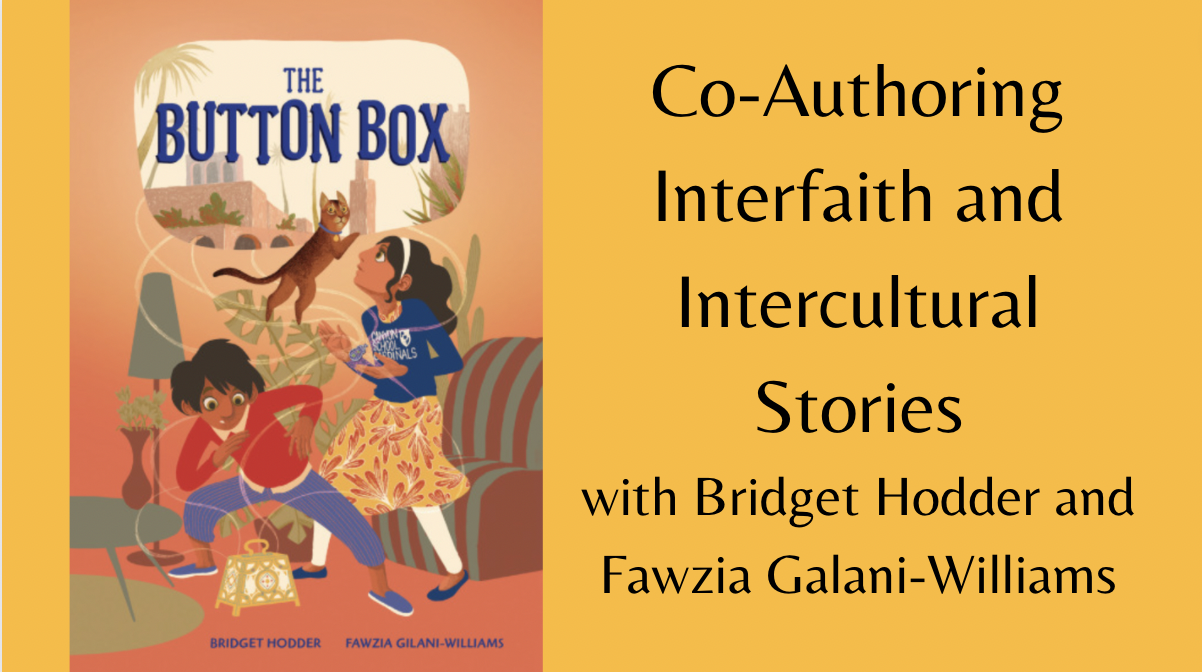
Our focus today is on co-authorship, and specifically on how two authors can write interfaith or intercultural stories together–a great way to make sure that the books our children read are based on a rich variety of authentic, lived experience.
READ POST
Filed in:
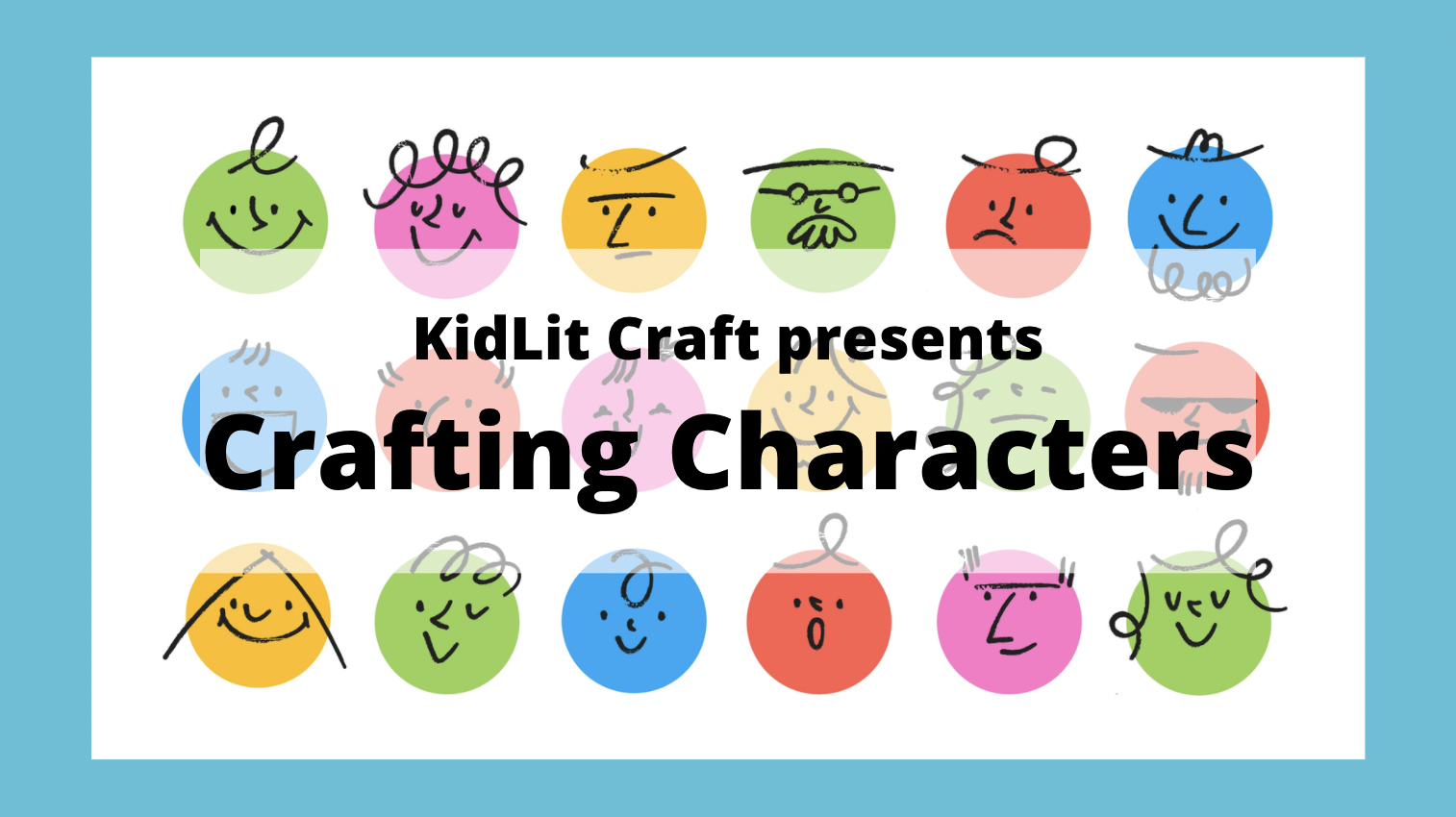
In our final Crafting Characters post, we dive into character relationships. These authors share the questions they ask, the strategies they employ, and the exercises the use to develop rich character relationships.
READ POST
Filed in:

What does your character want? Desire drives a story. Yearning creates propulsion. But how to you find/create/discover your character’s desire? These seven authors give us their strategies for engaging with their characters’ desires in ways that make their stories richer and keep readers turning pages.